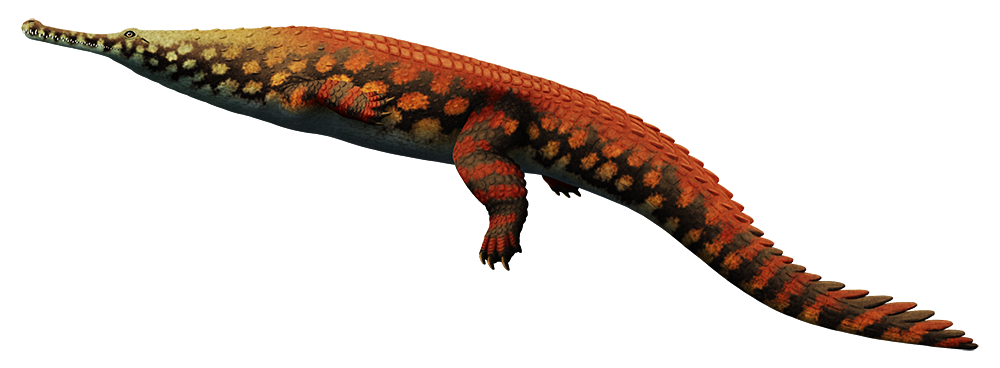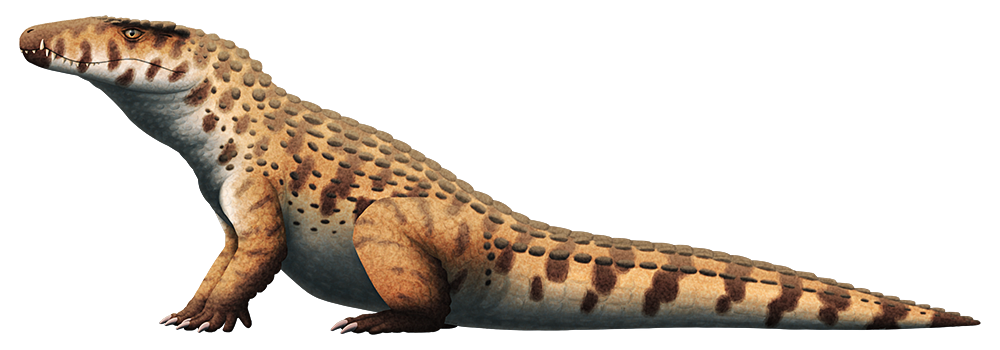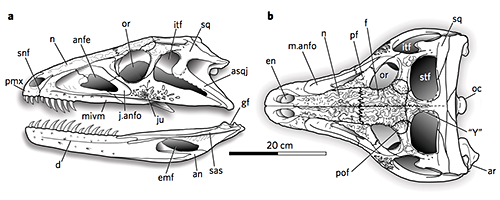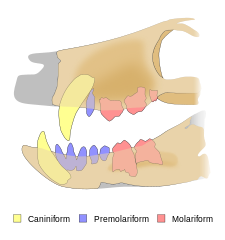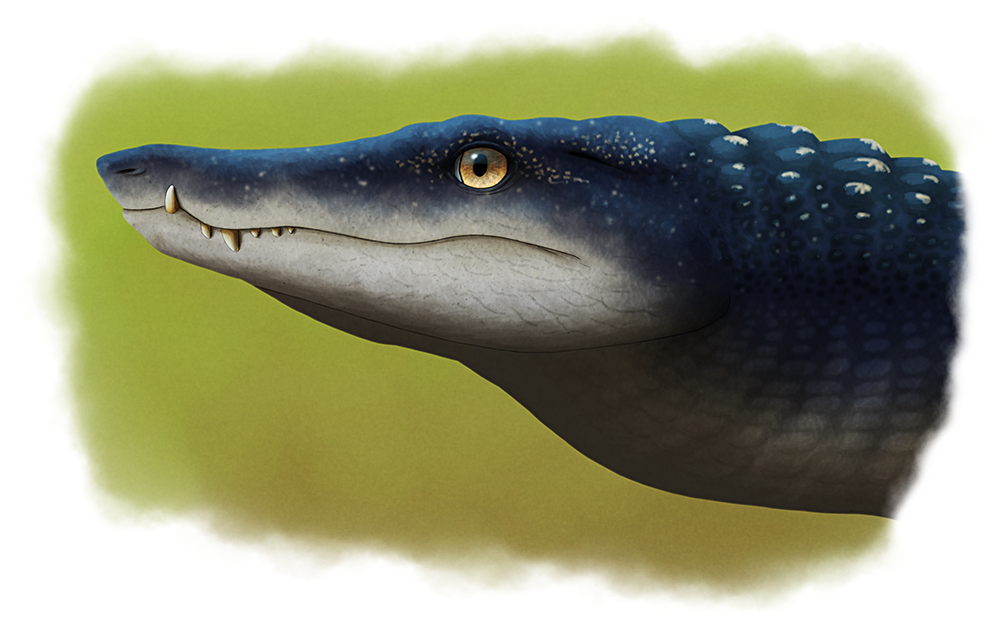Along with their weird giant birds, the islands of New Caledonia were also home to a small crocodilian unlike any alive today.
It was one of the last known members of a lineage of crocodiles known as the mekosuchines, which originated in Australia during the early Eocene about 50 million years ago and later island-hopped out into the South Pacific — mostly around the Coral Sea, but with some making it as far as New Zealand. By the start of the Holocene, about 12,000 years ago, they’d already declined and disappeared from the vast majority of their range, with only a few isolated island species remaining.
Named Mekosuchus inexpectatus, the New Caledonian mekosuchine was only about 2m long (6’6″), just slightly bigger than the modern dwarf crocodile. It was much more terrestrial than living crocs, spending most of its time on land, and it had teeth in the back of its jaws that were specialized for crushing, suggesting it mainly preyed on hard-shelled invertebrates such as snails and crabs.
Based on its limbs anatomy it may also have been able to climb trees. Although this idea was ridiculed when it was originally suggested back in the 1990s, a more recent discovery has shown that modern crocs can actually climb trees too.

Like with many other Holocene island species, the extinction of Mekosuchus inexpectatus seems to be directly linked to the arrival of humans, who reached New Caledonia around 1500 BCE.
Bones in archaeological kitchen waste sites show that the settlers actively hunted and ate Mekosuchus, but dating of the last known remains is uncertain. The most generous estimate is actually as recent as about 300 CE, so much like Sylviornis these small land crocs may have persisted for some time before finally going extinct.




